Windows 'phone' isn't dead Part I: Keeping the vision in view
Microsoft's mobile strategy seems to have gone through a never ending cycle of birth and rebirth over the years.

Each OS reboot came with the promise of "this is it". We've gone from Windows Mobile's abrupt end to Windows Phone 7's late beginning as a modern smartphone platform. We encountered another stop at Windows Phone 7.8 as Windows Phone 8 picked up the reigns. Windows 10 Mobile has now arrived, albeit in what many have assessed to be in a premature state not adequately prepared for life outside of Redmond's womb.
The operating system story is only part of the evolving tale. Distribution strategies, partnerships, marketing, hardware development, corporate reorgs and more all play a role in how Microsoft's mobile efforts were birthed, matured and regressed only to be reborn. All of these strategic executions have been to reposition Microsoft's mobile efforts for a more successful rebirth and life in the industry.
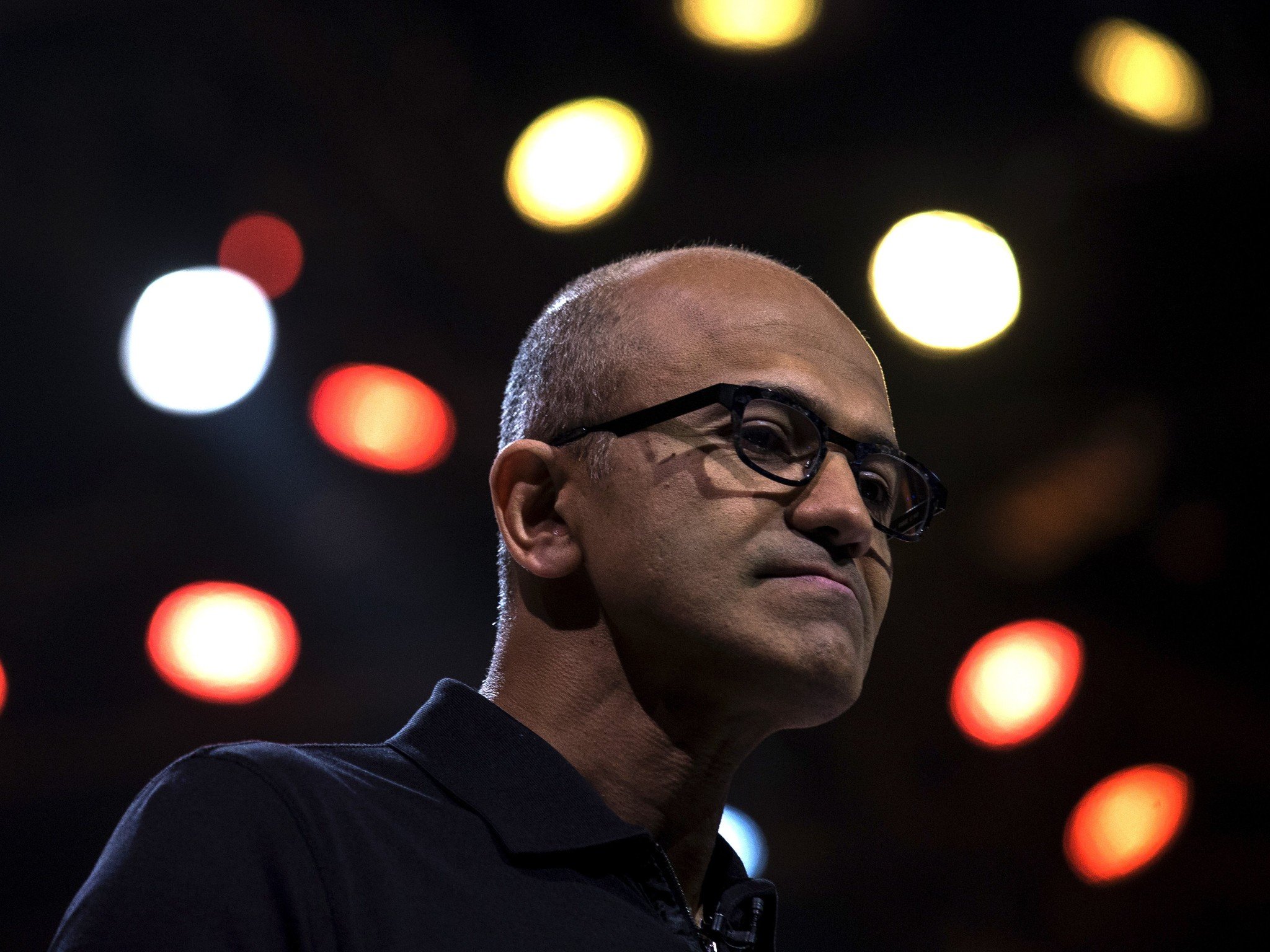
In 2016, we are watching a Microsoft mobile strategy that is gestating in a very vulnerable state, while in its retrenched position. This period is a very critical time in Microsoft's history and the company's CEO, Satya Nadella's, long-term vision. To understand the crucial nature of Microsoft's current position, we must understand both how Nadella's vision has brought the firm to this point and where it is intended to take the company next.
The question is, how do we as Microsoft and industry watchers "know" where Microsoft is in their mobile strategy? Well, we don't have a complete view of Microsoft's strategy at all. But as an ultrasound tech learns to distinguish the vital parts of a developing child from distracting blurs populating the view, diligent observation, keen perception and most of all, a persistent eye on the big picture are critical.
Eyes on the big picture
Watching and analyzing Microsoft's dynamic mobile strategy is very much like playing the timeless Shell Game. In that game, a quick-handed gentleman hides a small object beneath one of three cups. After a dizzying repositioning of those cups, the "player" is asked which cup contains the object. In more cases than not the wrong cup is chosen. An astute eye, often with the support of others is often required to keep the object in view.
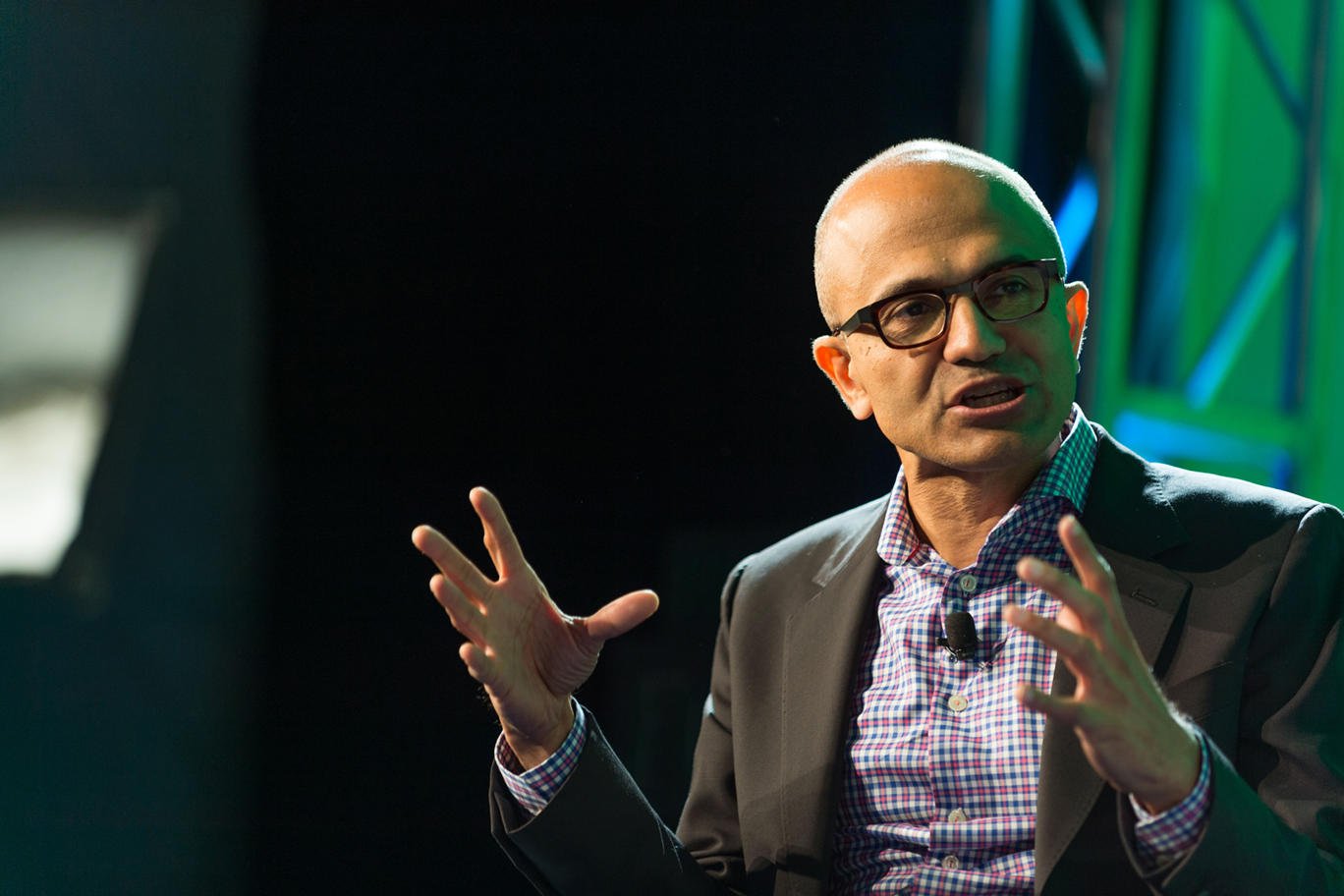
What may come as a surprise to some is that Microsoft's retrenched status and consequent gestating state isn't news now, nor was it news when it was "news". Confusing I know; allow me to explain. Microsoft's current strategic positioning was not a sudden shift in strategy in response to the industry's state at the time. Microsoft's CEO Satya Nadella diagnosed the ailing health of Microsoft's mobile platform over two years ago.
To ensure the platforms survival and long-term vitality, on July 10, 2014, in a memo titled Bold Ambitions and Our Core{.nofollow}, Nadella issued his prescription for Microsoft's mobile division which outlined his short-term goals and long-term vision for the platform. He telegraphed big changes, short-term objectives, that would not begin to manifest until the following year (2015). When they occurred, the industry took notice.
All the latest news, reviews, and guides for Windows and Xbox diehards.
The Nokia write-down, the end of the low-end Lumia push and a move to first-party hardware as aspirational devices akin to how Microsoft executes the Surface model, caught the attention of the industry during the summer of 2015. Apparently Windows Phone died then too. In a 3-part series "Perfect Windows 10"that I wrote in August of 2015, I presented an analysis of Microsoft's mobile strategy that addressed the industries dramatic response to the shifts we saw as Microsoft executed against its long-term vision.
Summer to remember
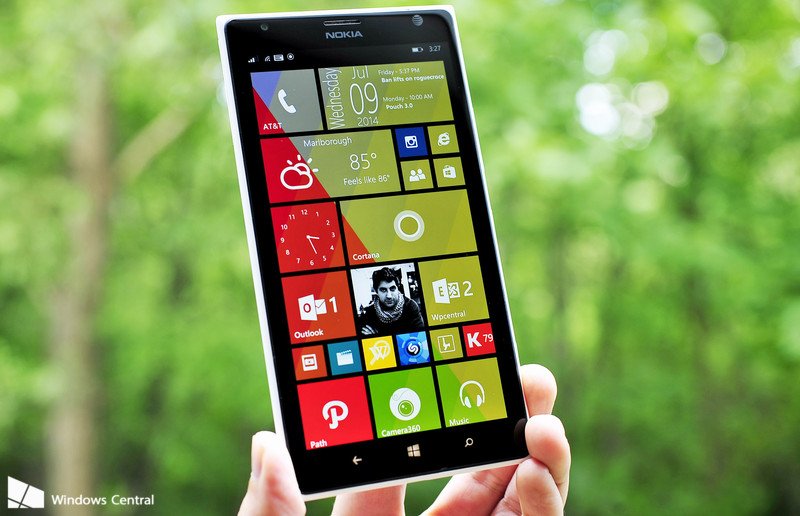
During June and July of last year many industry watchers viewed statements made by Nadella in emails he sent on June 25th – "Aligning our strategy and structure" and July 8th 2015 – "Sharpening Our Business Focus, an interview on July 14, 2015 with Mary Jo Foley and an earnings call on July 21, 2015 as reactive shifts in Microsoft's mobile strategy. This apparent change in strategy was presumed to be due to Windows Phones poor performance as seen in the Q2 2015 SEC filings.
I contended, however, Nadella's focus on a smaller market, departure from manufacturing a deluge of phones and positioning first-party hardware as aspirational devices was his revisiting what he stated as his long-term vision in July of 2014. What appeared to be responsive shifts in strategy were clearly outlined by Nadella in his July 10, 2014, memo as short-term objectives of his long-term vision. It's critical that we keep our eyes on the larger vision so that during each phase of the long-term strategy we'll have a better chance of understanding what Microsoft is doing and what the company may execute next.
Following is a snapshot of my previous analysis. This snapshot highlights the steps in Nadella's vision which led us to what is now, in 2016, a positioning of Windows "phone" in a state of "gestation" preparing for yet another shot at life in the broader market.
How we got here
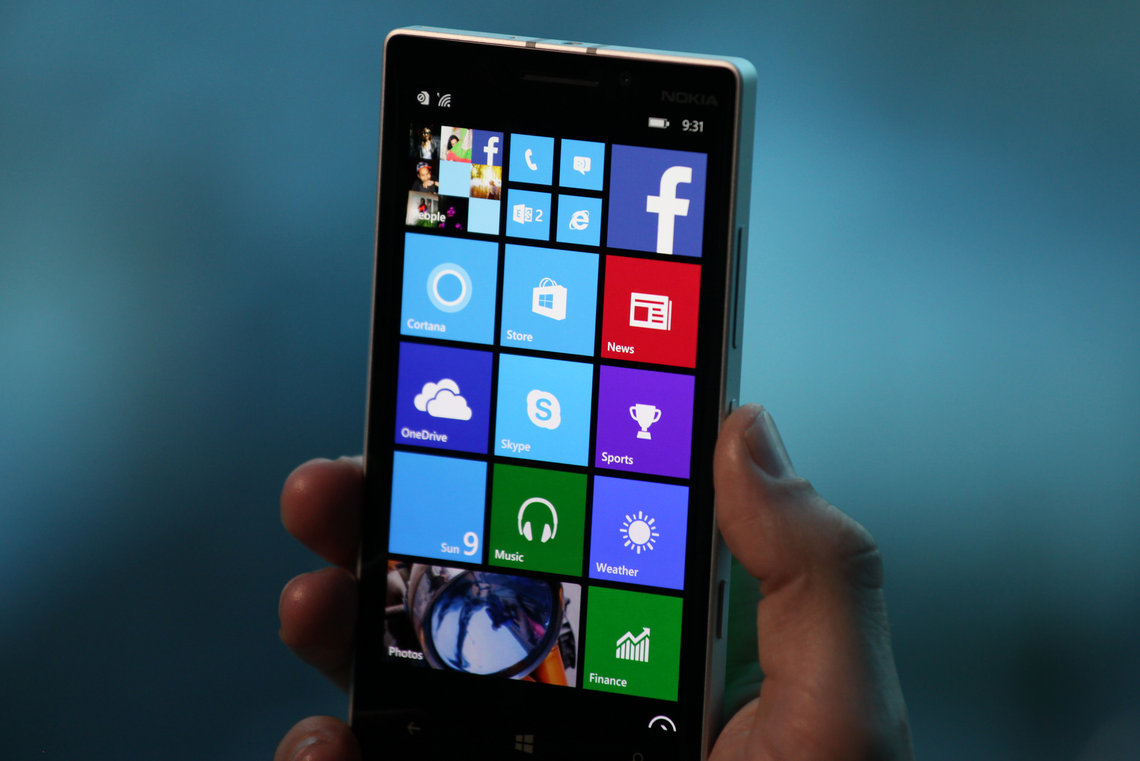
Perfect (Windows) 10 Part I: The Nokia Write-down was on the wall
In his July 10, 2014 memo{.nofollow} Nadella foreshadowed the imminent Nokia write-down with a decisive statement that nothing is off the table concerning readjusting Redmond's priorities and simplifying processes.
"Nothing is off the table in how we think about shifting our culture to deliver on this core strategy. Our priorities will be adjusted. New skills will be built. New ideas will be heard. New hires will be made. Processes will be simplified"
Almost a year later in his 6/25/15 email Nadella makes clear that Microsoft will execute against its plans and make tough choices.
"We will need to innovate in new areas, execute against our plans, make some tough choices in areas where things are not working and solve hard problems in ways that drive customer value."
Finally in his July 8th, 2015 memo Nadella makes a definitive announcement of the Nokia write-down.
"..the company will take an impairment charge of approximately $7.6 billion related to assets associated with the acquisition of the Nokia Devices and Services business…"
Many industry watchers who viewed the last two memos independent of the first interpreted the write-down as a sudden shift in strategy.
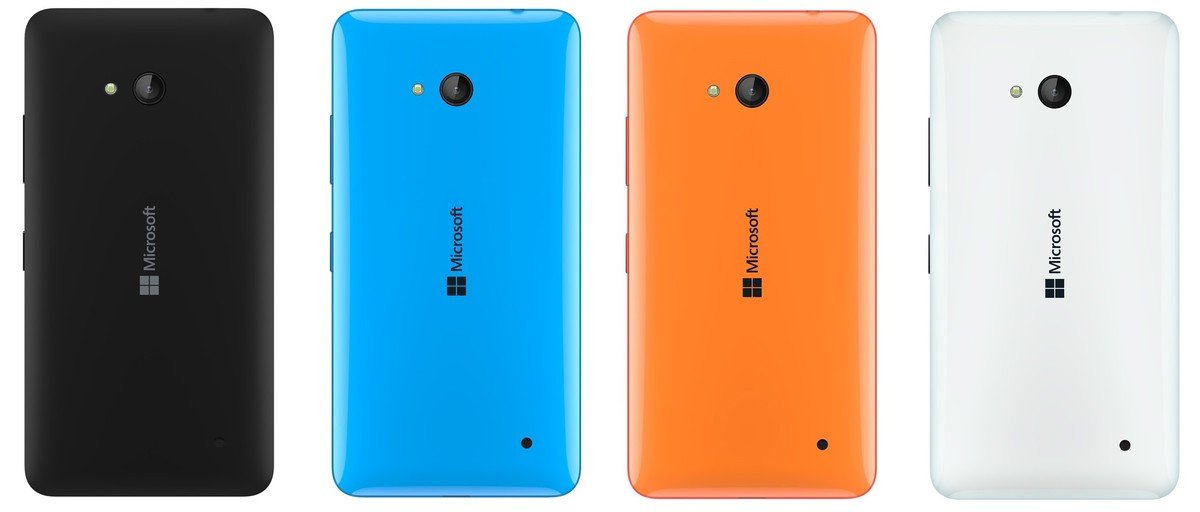
Perfect (Windows) 10 Part II: Value Phones
In his 7/10/2014 memo Nadella{.nofollow} stressed that the low-end push was a near-term strategy. This of course indicated a short-term strategy with a determined end.
"We will be particularly focused on making the market for Windows Phone. In the near term, we plan to drive Windows Phone volume by targeting the more affordable smartphone segments, which are the fastest growing segments of the market, with Lumia.… Microsoft will push into all corners of the globe to empower every individual as a dual user."
In his July 8th, 2015 memo Nadella announced the cessation of the companies market deluge and the planned move to a more refined market approach.
"We are moving from a strategy to grow a standalone phone business to a strategy to grow and create a vibrant Windows ecosystem that includes our first-party device family.
On a 7/21/15 earnings call, Nadella reiterated the end of the low-end push."
"We want to be smart about how many of these phones do we want to generate?...That's where you will see the most significant operational changes from how we operated last year to the coming year."
Nadella was clear in his July 10, 2014, memo that the low-end push was a near-term, thus short-term strategy with a definitive end leading to the current stage of building the ecosystem. Viewing the July 8th and July 21st, 2015 statements independent of the 2014 statement led many to believe Nadella was shifting strategies mid-year.
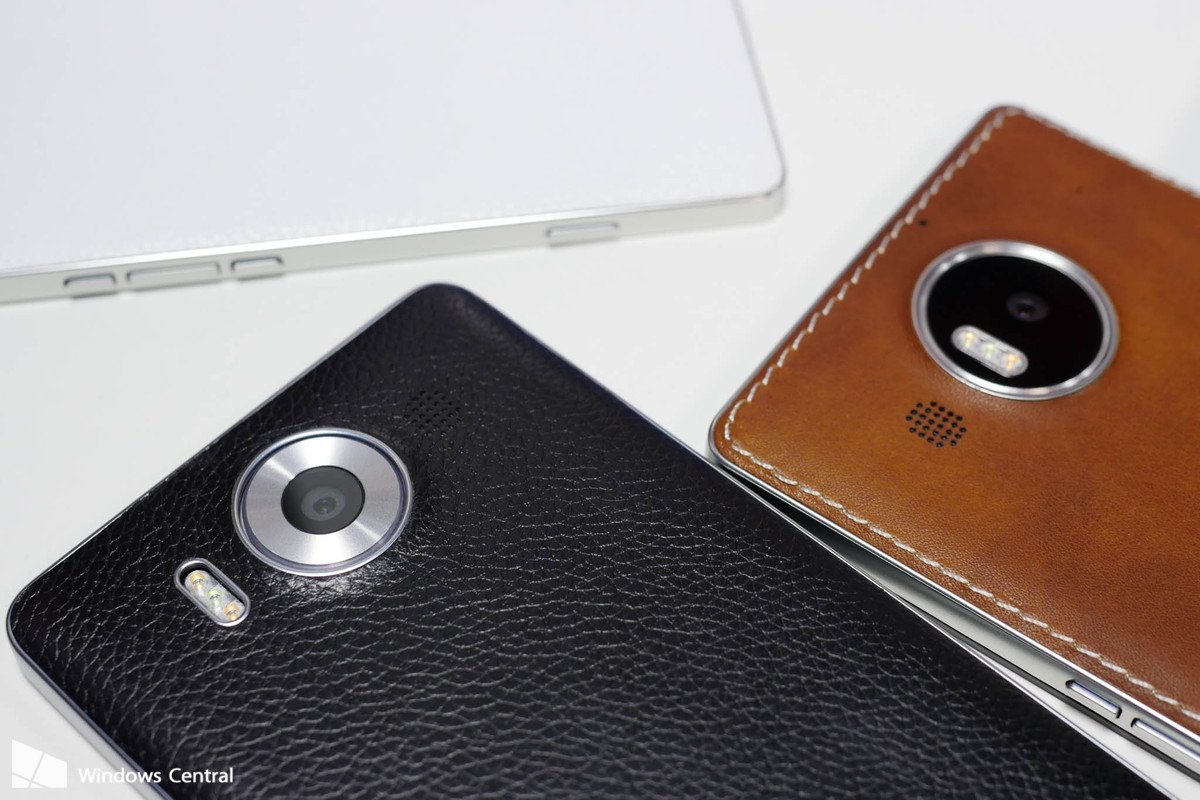
Perfect (Windows) 10 Part III: Flagships
In his July 10th, 2014 memo Nadella states that the company's first-party hardware will follow the example set by the Surface model.
"Our first-party devices will light up digital work and life. Surface Pro 3 is a great example – it is the world's best productivity tablet. In addition, we will build first-party hardware to stimulate more demand for the entire Windows ecosystem."
In a July 14, 2015 interview with Mary Jo Foley Nadella affirms that first-party phones will follow the Surface model.
Mary Jo Foley: "Now what we're doing with phone is more like what you're doing with Surface. Your phones are going to be more of like showcase devices for what Windows Mobile can look like on a phone."Satya: "Correct"
Viewing Nadella's July 14, 2015 affirmation independent of the July 2014 communication caused many to miss the big picture. The industry at large reacted to the "restatement" that first-party phones would follow the Surface model as if it was new information rather than the execution of a short-term goal of a long-term vision shared a year earlier.
These events have led us to the present and to the many misconceptions regarding Microsoft's current position in mobile. Windows phone is not dead. Recent decreases in Windows phones sales and lower sales to come are not indicative of the platforms death. They are simply empirical data reflective of the platforms retrenched position.
Where is Microsoft's mobile strategy today and what's next?
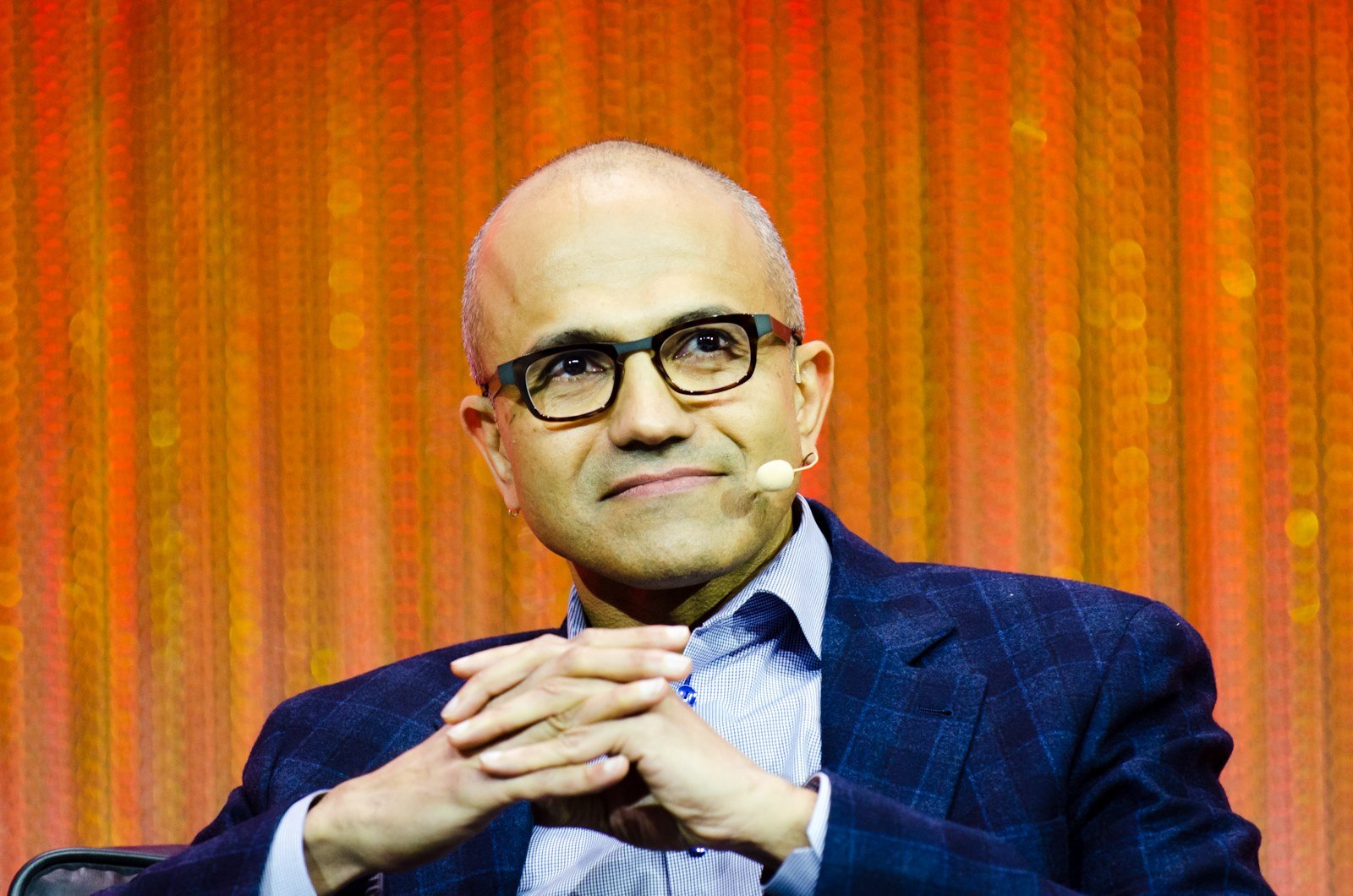
Microsoft's current state in the mobile space is a short-term position of "re-development." As a child gestates in a womb, Microsoft's mobile position is shielded from the general smartphone market while vital components of the ecosystem are being positioned to feed into the platforms ultimate success.
For the next nine months or so, as we anticipate the birth of a first-party flagship that will demonstrate a more mature Windows 10 Mobile OS on custom first-party high-end hardware, Microsoft's long-term vision currently has the firm steadily working on critical aspects of the ecosystem. OEM partnerships, the app bridges, consistent updates to Windows 10/Mobile, interaction with users on social media, responding to feedback from Insiders and more are all critical to Microsoft's current position before their re-entry into the general consumer space.
Microsoft's long-term vision currently has the firm steadily working on critical aspects of the ecosystem.
According to Microsoft CMO, Chris Caposella, this current retrenching from the general market, which began last summer, is only supposed to last two years. That positions the company for a potential introduction of a consumer focused flagship "phone" in Q4 of 2017. This timetable provides time for OEM partnerships and development of the app bridges to flourish. A high-end consumer device released in 2017 will ideally benefit from a much richer app catalogue than we see today. As we know, a vibrant app ecosystem is critical for success in the consumer space.
Additionally, the anticipated Surface "Phone," is expected to be released in Q4 of this year. This device, if launched will benefit from a more mature Windows 10 Mobile OS and likely feature a unique hardware capability consistent with the theme of the Surface line. That unique hardware design, akin to Surface-inspired detachable 2-in-1s, will be positioned by Microsoft to inspire their OEM partners.
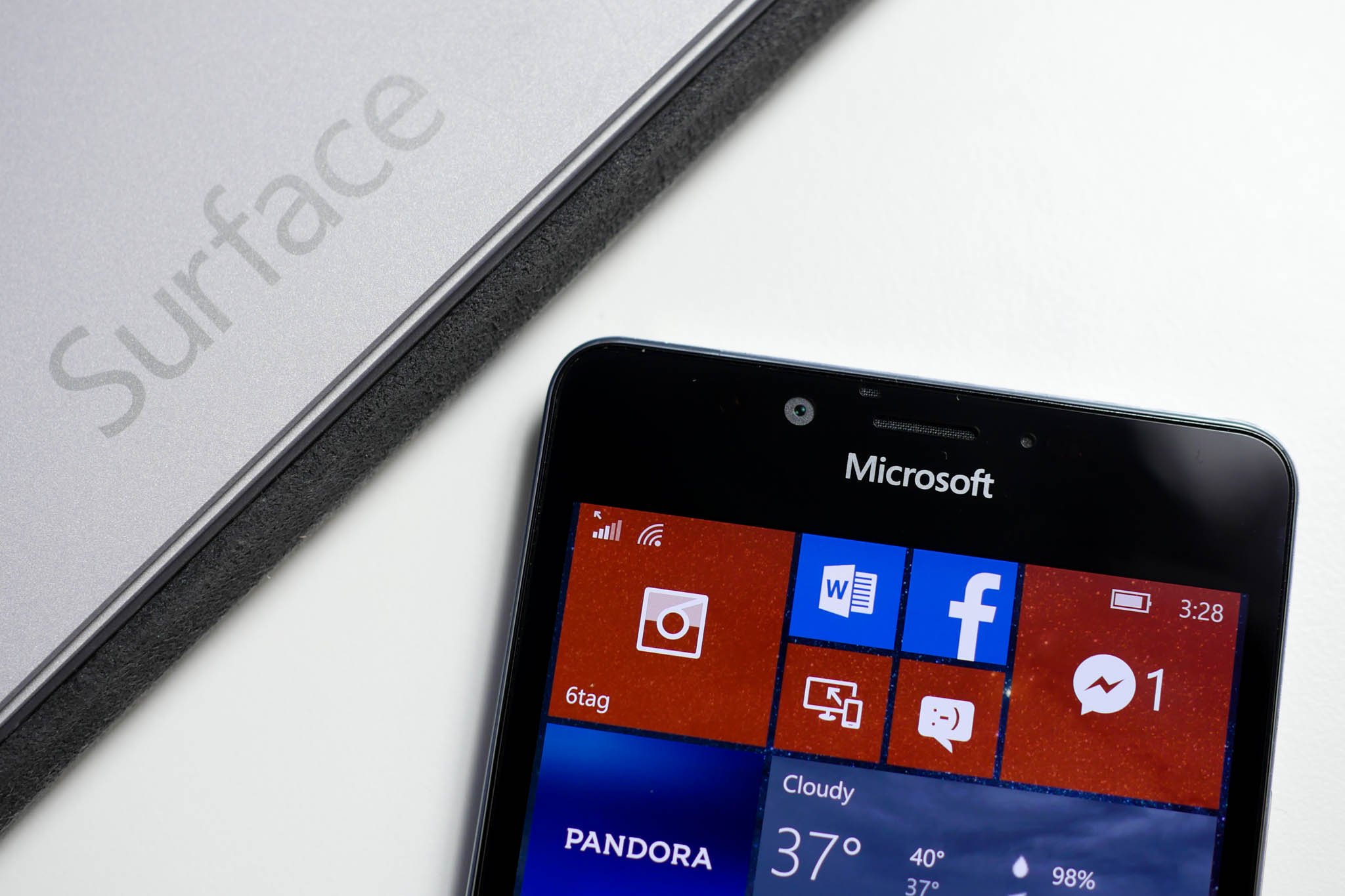
Consequently, over the course of 2017, we will likely begin to see manufacturers emulating the Surface "Phone" with their own branded devices. An introduction of "Surface Phone-like" devices will support Microsoft's efforts to communicate its ethos of context-conforming devices, already heralded by 2-in-1s, to the market.
HP's business-focused Elite X3 is a beaming example of the type of versatile, powerful and most importantly, inspiring, Windows 10 "phone" Microsoft's OEM partnerships can produce.
Over the course of 2017, we will likely begin to see manufacturers emulating the Surface "Phone"
When Microsoft presumably reenters the consumer space in Q4 2017, their strategy allows for an industry potentially more welcoming to the platform. The firm will also be re-entering the consumer space with a device consistent with their vision of personal computing, and that fits within the paradigm that they are working to establish during this stage of nurturing its ecosystem while retrenched. This is a vision where the idea of a smartphone will have shifted to what will likely be a hybrid context-conforming device. Additionally, this "phone" will fit seamlessly in the Windows 10 family of devices. For context, if Microsoft reaches its goal, Windows 10 will be on 1 billion devices by 2017.
Microsoft's mobile offensive is about transforming the game
By that time, the Windows 10 experience with the Live Tile enhanced Start Menu will have been at work familiarizing hundreds of millions of PC, laptop and 2-in-1 users with the Windows Phone home screen. If Microsoft's strategy goes as I surmise, a Q4 2017 consumer-focused, first-party flagship will benefit from a rich app ecosystem courtesy of the app bridges as well as a market more acclimated to Windows Phone due to OEM partnerships. Users will also be more familiar with the Live Tile environment, and the industry will likely have a stronger embrace of Microsoft's ethos of context-conforming hardware courtesy of 2-in-1s, the anticipated Surface phone and Surface-phone-like devices.
Wrap up
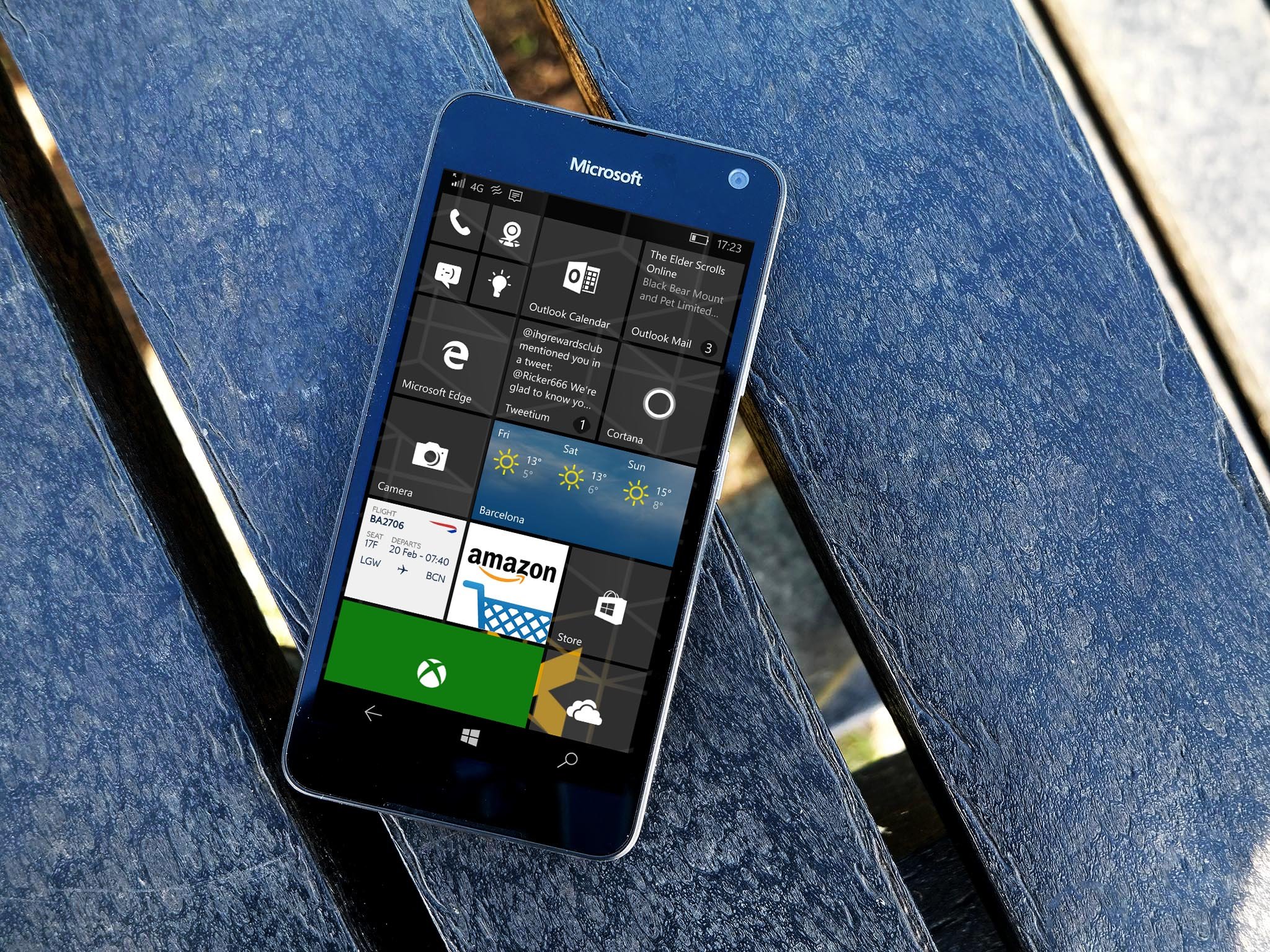
I concede that my view of Microsoft's strategy may be affected by various factors and may not play out as described. But one thing is sure. Microsoft's long-term vision has always and still does include Windows "phone". As one must keep their eyes on the rapid repositioning of the cups in the Shell Game, we as industry watchers must keep our eyes on the big picture. Distractions will arise; but if we keep the big picture in view, we won't, as is quite easy to do, lose sight of the vision.
Stay tuned to parts two through five as we delve deeper into specific aspects of Microsoft's retrenched - gestating - position.
Part II - Windows 'phone' isn't dead: Nurturing the ecosystem

Jason L Ward is a Former Columnist at Windows Central. He provided a unique big picture analysis of the complex world of Microsoft. Jason takes the small clues and gives you an insightful big picture perspective through storytelling that you won't find *anywhere* else. Seriously, this dude thinks outside the box. Follow him on Twitter at @JLTechWord. He's doing the "write" thing!
